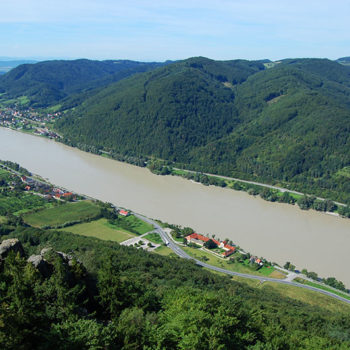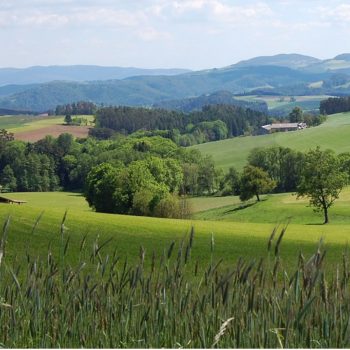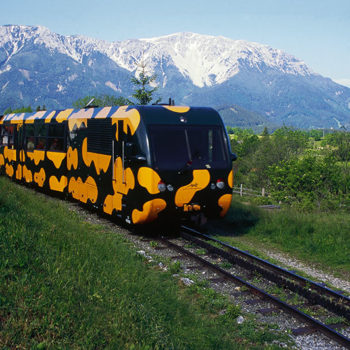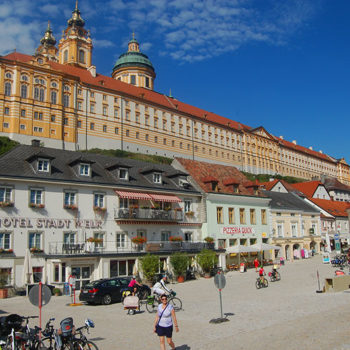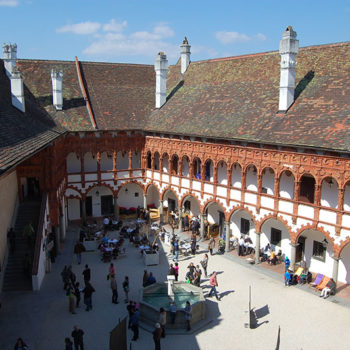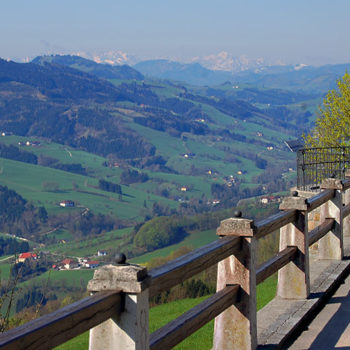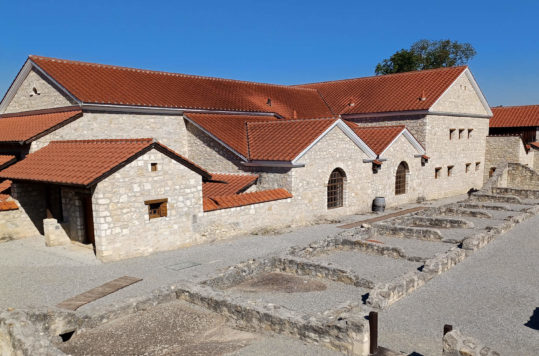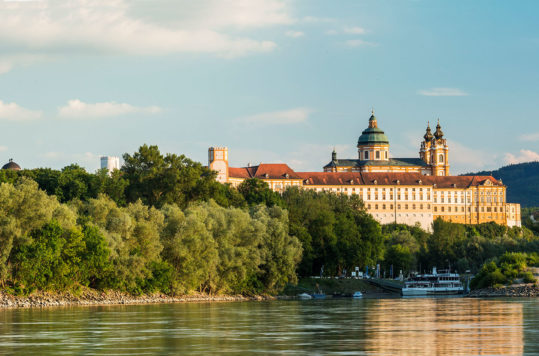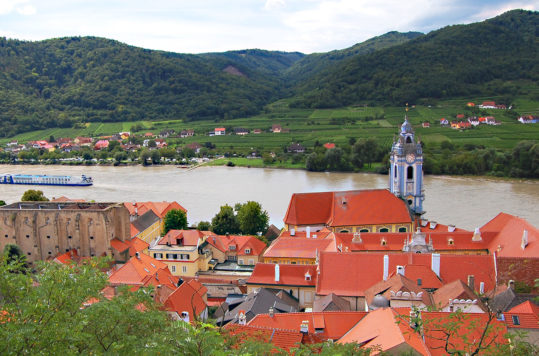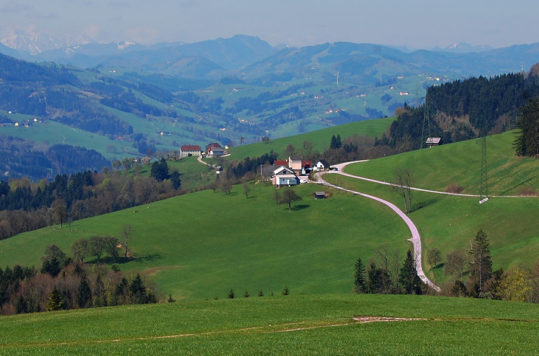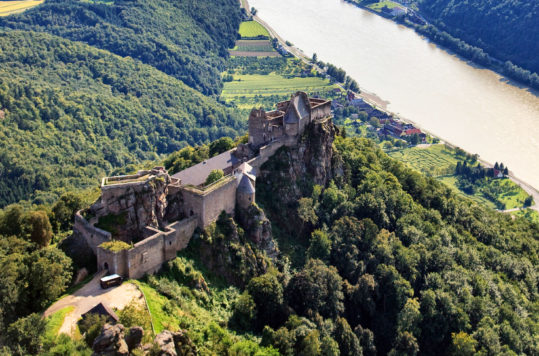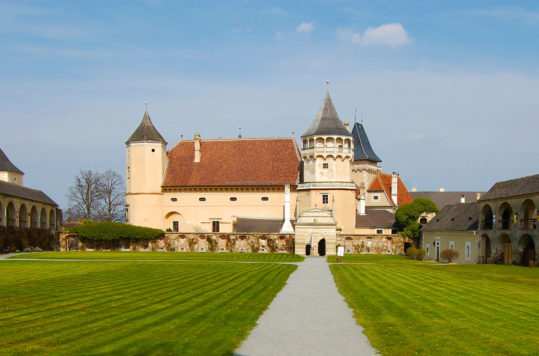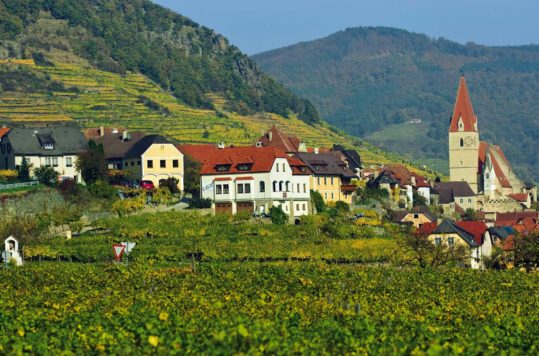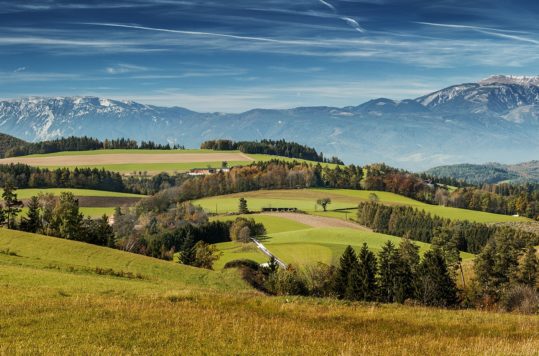Pleasant bike paths along the Danube River, great skiing on Schneeberg, and idyllic villages in the wine region Weinviertel are just a few highlights of Lower Austria (Niederösterreich).
Lower Austria is Austria’s largest state, with 19.177 km2. At first glance, the state doesn’t have the same flair as the alpine states of Tyrol or Salzburg. Nevertheless, Lower Austria offers an incredible variety of nature and culture.
Heartland
Lower Austria has always been the centre of Austrian history. The state’s original name was Austria, the heartland of the Habsburg Empire. Moreover, the state surrounds the Austrian capital, Vienna. 42 % of the state is agricultural land, thus providing a large share of the food production in Austria. In addition, Lower Austria is the largest wine producer in the country. Its proximity to the country’s capital and seat of power has given it some advantages throughout history.
Culture and architecture
As a consequence of being the heartland of Austria and an integral part of the political powerhouse, you will find numerous palaces, castles, and monasteries in Lower Austria. Nobles who wanted to escape Vienna built their countryside retreats a day or two’s coach ride away. Furthermore, no other state can showcase more astonishing holy buildings than Lower Austria. A few of the most impressive are Stift Melk, Stift Göttweig, and Stift Klosterneuburg, which have become essential tourist magnets.
<< Click on the images to enlarge >>
The mighty Danube River
The mighty river splits the state right in the middle. The Danube has played a vital role in Lower Austria’s history. One of the state’s most significant tourist and wine regions is the lovely Wachau, which stretches about 30 kilometres along the Danube. Only a one-hour drive west of Vienna, you find many picturesque villages separated by vineyards and fruit orchards. Add to that medieval castles and one of the mightiest rivers in Europe, the Danube, and you have a perfect mix for attracting tourists. East of Vienna, there is an extensive meadowland along the river, all the way up to the border with Slovakia.
Peaceful Waldviertel
North of the Danube River valley, towards the Czech Republic, the Waldviertel (the so-called forest district) comprises the agricultural landscape and rolling hills covered with forest. Foreign tourists have not fully discovered the region in the same way as the Austrians. This means that the prices are still comfortable, and you rarely have to queue for attractions. Furthermore, the Thaya Valley National Park is a real gem for tranquillity and closeness to nature.
Advertisement
Vienna Woods
Wienerwald (Vienna Woods) is a popular hiking area, especially for those living in Vienna, which is not far away, and those who prefer forest and scenic walks rather than high mountain tours. Although the view cannot be compared to the one from 2-3000 meter mountain peaks, the rolling hills in Wienerwald in Lower Austria offer great nature experiences.
The Vienna Alps
Wieneralpen (The Vienna Alps) is the far-eastern part of the Central-European Alps. The lovely Alpine scenery around Semmering, Rax, Schneeberg and Wechsel is a popular winter ski resort and offers fantastic summer hiking. The gently rolling hills of the Bucklige Welt are in the state’s southeastern corner. The innumerable hills and humps, with their broad valley bottoms and rounded ridges, are characteristic of the landscape and simultaneously give the region its name.
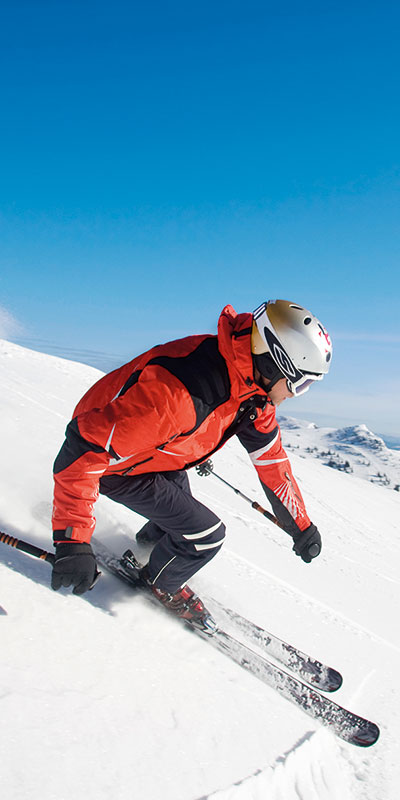
Ski resorts
The easternmost parts of the Alps lie within Lower Austria. Albeit not as spectacular as in Tyrol, the state still offers great skiing.
– Göstling-Hochkar
– Annaberg
– Lackenhof-Ötscher
– Mitterbach-Gemeindealpe
– Schischaukel Mönichkirchen-Mariensee
– St. Corona am Wechsel
– Zauberberg Semmering
– Puchberg am Schneeberg
This is not a complete list of the ski resorts in Lower Austria, but some of the most popular. Schneeberg (Snow Mountain) is easily accessible from Vienna, which is 115 km away by car. Many of the ski resorts have lifts that also run in the summer, giving access to a wide range of hiking terrain.
For more info, see Lower Austria Tourism

